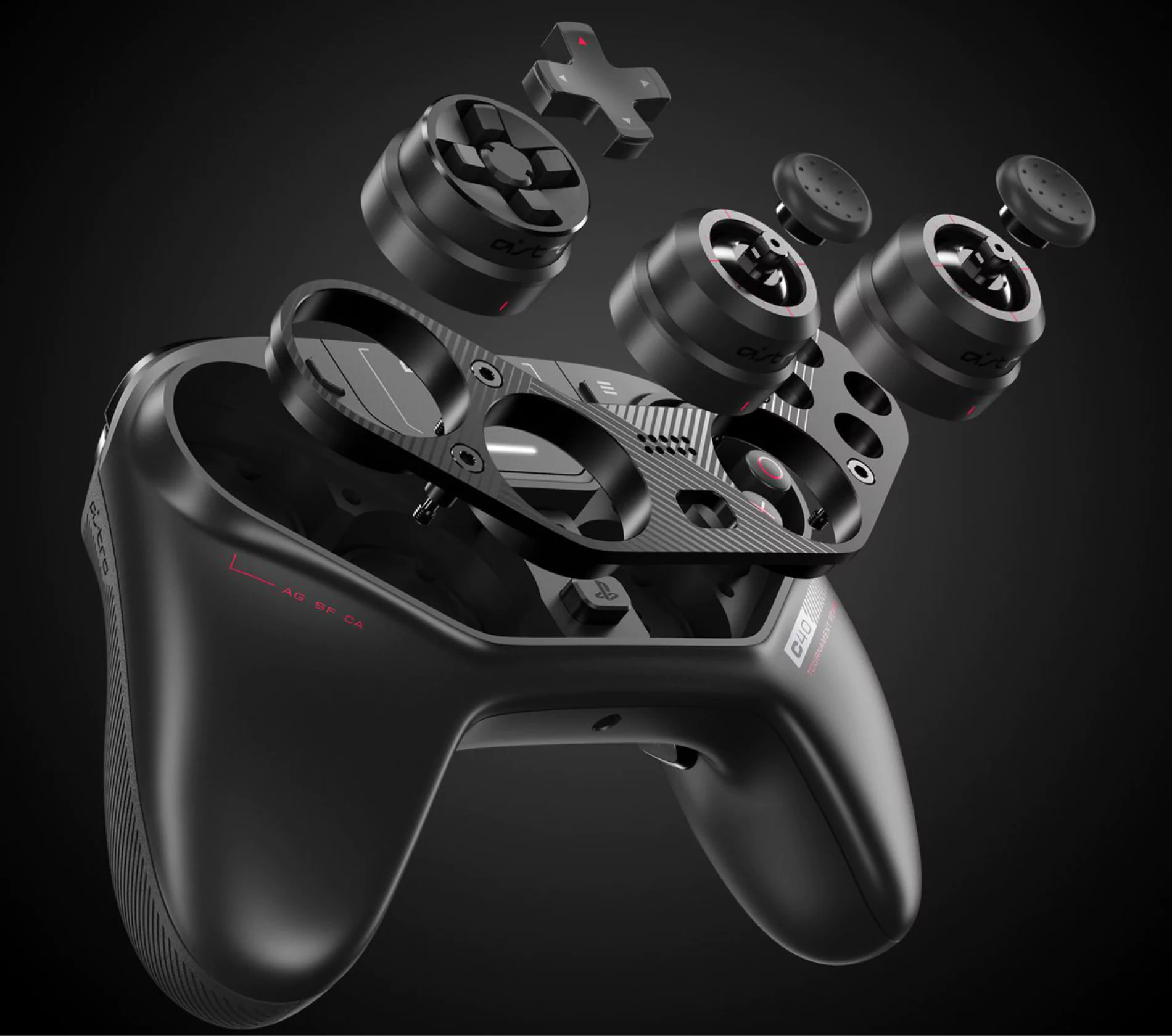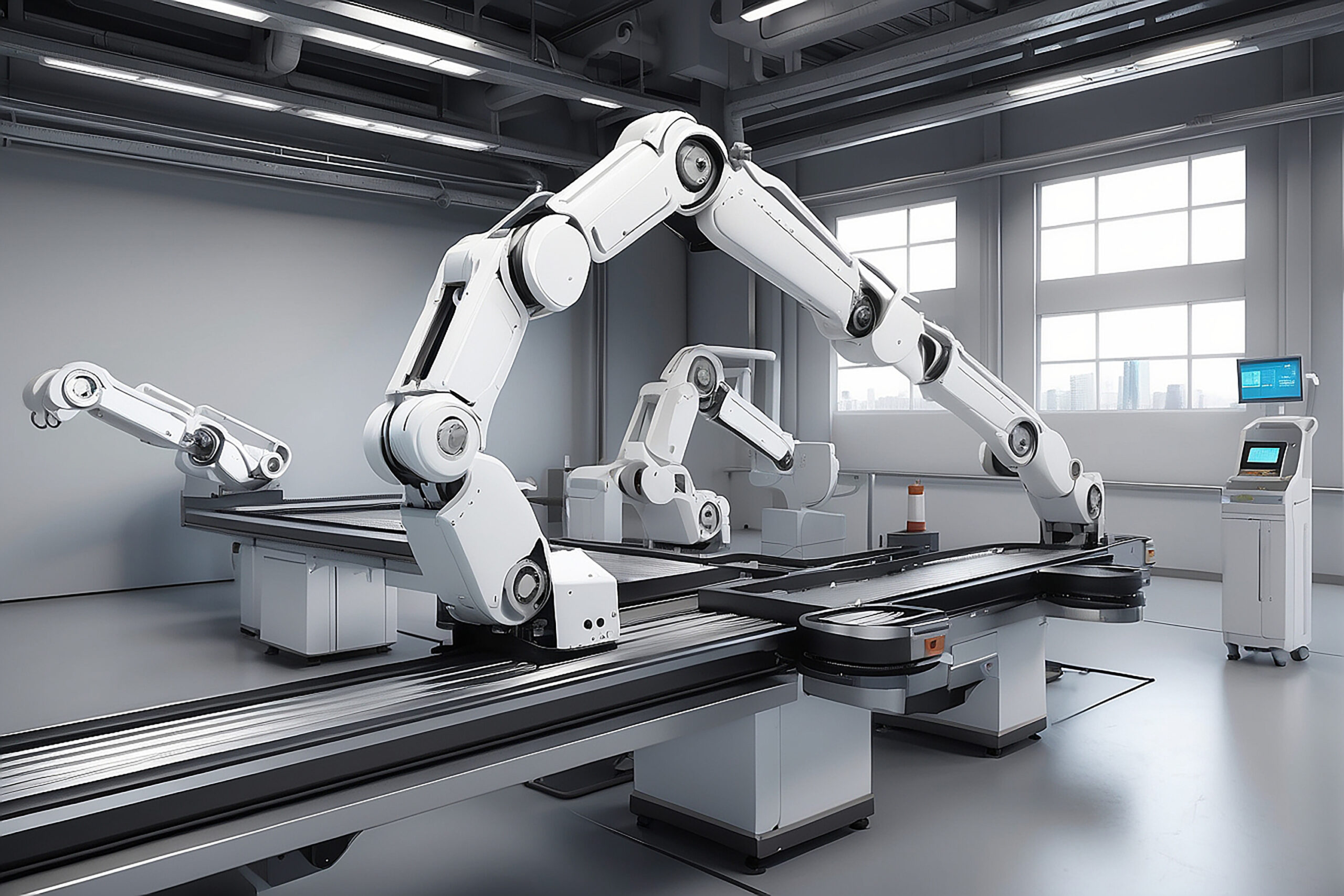Elevate your brand’s presence by incorporating 3D animation software. This powerful tool can capture your audience’s attention, build strong emotional connections, and help brands with client engagement.
Whether you’re crafting a presentation, developing employee training materials, or promoting your products, 3D product animations can help you mark your message into your audience’s memories. With stunning visuals, they make your product or services stand out in the crowd.
Yet, navigating the world of 3D animation software, especially for beginners, can be overwhelming. There are so many options that deciding which software is the right fit can be confusing.
This article takes you into the world of 3D animation software, catering to designers, professionals, and hobbyists alike. We’ll explore various software options, outlining their features, pros, and cons, to assist you in making an informed decision for your 3D animations.
1. Autodesk MAYA (Paid)
Autodesk Maya is a complete 3D computer graphics software commonly used in animation, visual effects, and 3D modeling. Developed by Autodesk, Maya has become a standard tool in the entertainment industry for creating stunning 3D characters, models, texturing, and rendering desired products.
Maya employs a node-based approach for 3D modeling. Nodes define and govern the connections between characters and keystrokes, facilitating sophisticated adjustments in the modeling process.
Features:
- This 3D animation software has advanced modeling tools, a strong animation framework, dynamic simulations for particles and fluids, and a powerful render engine. It supports various industry-standard file formats and seamlessly integrates with other Autodesk products.
- Maya is a favorite among animators, designers, and visual effects professionals as it is the most flexible and versatile. It provides a creative environment for artists to bring their ideas to life, whether for animated films, video games, virtual reality experiences, architectural visualization, or 3D product animations.
- The software’s node-based architecture enables users to build complex visual effects and realistic simulations. Maya’s scripting ability also attracts technical users, allowing customization and automation.
- With a large and active user community, Maya benefits from ongoing updates and improvements, ensuring it stays at the forefront of 3D design and animation technology. Overall, Maya is a powerful 3D model animation software and feature-rich tool that remains a go-to choice for visual arts and entertainment professionals.
Pros:
- Autodesk Maya is user-friendly.
- Efficient software for 3D design boosts processing and rendering speed, making it fast software to work on.
- Offers functionalities such as animation bookmarking and library plugins, enhancing organizational capabilities for designers.
- Maya has automated many processes that help reduce the stress of processing files in software.
- Transferring and working on the files using other Autodesk software is very easy.
- Maya has been emerging with time, updating and developing processes occasionally.
Cons:
- Subscription cost is relatively high for Autodesk MAYA
2. Blender (Free)
Blender is a powerful and versatile open-source 3D animation suite that includes various aspects of computer graphics. Developed by the Blender Foundation, it is designed for artists, animators, designers, and hobbyists. Blender’s superb modeling capabilities simplify creating, modifying, sculpting, and editing your models according to your preferences.
Features:
- Blender provides a wide range of tools for creating detailed 3D models, that offer flexibility in manipulating vertices, edges, and faces.
- Blender has internal cameras that can present your 3D design in flat 2D images.
- It comes with a huge range of plugins.
- Blender has a specialized game engine fit for creating interactive 3D animations.
- Blender’s Video Sequence Editor (VSE) allows users to edit and assemble video sequences, providing a complete solution for video production within the same software.
- Blender supports Python scripting, helping users to automate tasks and create custom tools, enhancing workflow efficiency.
Pros:
- Being an open source, it is freely available software.
- Blender supports VR rendering.
- Blender supports a huge range of applications, increasing the software’s usability.
- It is free.
- Plugins give access to auto-rigging.
Con:
- It may take users a little longer to familiarize themselves with the functioning of all the 3D animation software’s tools.
3. Unity Software (Free via Personal License)
Unity is a powerful and widely used cross-platform 3D animation software specially designed as a game development engine and application framework. Developed by Unity Technologies, it provides an inclusive suite of tools for creating 2D, 3D, AR (augmented reality), and VR (virtual reality) experiences. It is the most popular 3D animation software for designing mobile games, such as Subway Surfer and Call of Duty software tools.
Features:
- This software for 3D animation allows developers to create applications for various platforms, including desktop and mobile 3D animation apps and consoles.
- Unity software supports both 3D and 2D development.
- Unity has an asset store where designers can access plugins, many assets, etc.
- Unity provides a complete animation system, enabling developers to create complex character animations, cinematic sequences, and interactive motion.
Pros:
- Unity has Shaders included in the software, making it easy for artists to put on 3D Models.
- Unity software is compatible with many other 3D software, such as Blender, Maya, Max, etc., giving artists free rein to develop.
- It is cross-platform software.
Con:
- This software needs heavy processes and high-end hardware.
4. Keyshot (Paid)
KeyShot is a leading 3D rendering and animation software specialized for product visualization, Product animation, design, and marketing professionals. Developed by Luxion, KeyShot simplifies the creation of high-quality visuals and animations of 3D models.
Features:
- Users can Update materials and textures within KeyShot, adjusting properties such as color, texture mapping, and opacity to achieve the desired look for their 3D models.
- Keyshot has real-time rendering ability and helps artists see lighting, texturing, and shading changes in real-time.
- Keyshot has a huge library of ready-to-use textures, light set-ups, environments, and materials that help to achieve high-quality output.
- Keyshot allows users to create virtual reality experiences.
Pros:
- Keyshot gives hyper-realistic 3D Images.
- Keyshot is very unfriendly softwares so it’s not easy for beginners and experienced artists to navigate through software.
- KeyShot’s emphasis on simplicity, real-time rendering, and a rich feature set make it a preferred choice for those seeking efficient and visually compelling 3D rendering and animation solutions.
Cons:
- Premium subscription for Keyshot is relatively high.
- Keyshot is best for rendering and animation but has many flaws in 3D modeling.
- Real-time rendering features may reduce the speed of rendering and software performance.
5. Cinema 4D (Paid)
Cinema 4D is flexible software for 3D modeling, animation, and rendering. It was developed by Maxon. Widely used by professionals in motion graphics, visual effects, and design, Cinema 4D provides a comprehensive set of tools for creating captivating 3D content.
Features:
- Cinema 4D offers many modeling tools that help to create 3D models of products and characters in detail.
- Cinema 4D provides advanced lighting options, including global illumination and physical-based rendering, that help in realistic and visually stunning images. The integrated rendering engine ensures high-quality output.
- The real-time view port lets users see the effects of any texture changes they apply instantly.
Pros:
- It is widely used 3d animation software.
- It is comparatively easy to navigate through this software.
- Software supports various languages.
- It has hyper – stimulation
Cons:
- It is costly.
- Doing a basic task is easy in software however, mastering it is time taking.
- It has limited build rendering capacity.
You may still wonder, which is the best 3D animation software? It may depend on your requirements, or better yet, you can hire a 3D Product animation company for your needs. Atellier Studio is the best at creating hyperrealistic 3D Product animation videos for clients. Just share product drawings, USP, and features, and relax; our 3D experts will create stunning Product videos for your business.





